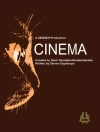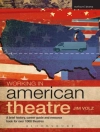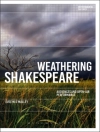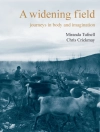While film studies has traditionally treated the presence of the city in film as an urban text operating inside of a cinematic one, this approach has recently evolved into the study of cinema as a technology of place. From this perspective, Documenting Cityscapes explores the way the city has been depicted by nonfiction filmmakers since the late 1970s, paying particular attention to three aesthetic tendencies: documentary landscaping, urban self-portraits, and metafilmic strategies.
Through the formal analysis of fifteen works from six different countries, this volume investigates how the rise of subjectivity has helped to develop a kind of gaze that is closer to citizens than to the institutions and corporations responsible for recent major transformations. Documenting Cityscapes therefore reveals the extent to which cinema has become an agent of urban change, in which certain films not only challenge the most controversial policies of late capitalism but also are able to produce spatiality themselves.
Tabla de materias
Acknowledgements
Introduction: Place, Images, and Meanings
1. On City and Cinema
2. Documentary Film at the Turn of the Century
Part 1. Landscaping
3. Observational Landscaping
4. Psychogeographical Landscaping
5. Autobiographical Landscaping
Part 2. Urban Self-Portraits
6. Self-Portrait as Socio-Political Documentary
7. Self-Portrait as Essay Film
8. Self-Portrait as Self-Fiction
Part 3. Metafilmic Strategies
9. Inside Hollywood Film
Conclusion: Cinema as Agent of Urban Change
Appendix
Bibliography
Index
Sobre el autor
Iván Villarmea Álvarez is a film critic and researcher who specializes in the representation of the city in film. He coedits the online film journal
A Cuarta Parede and is the coeditor of the volume
Jugar con la memoria. El cine Portugués en el siglo XXI.












